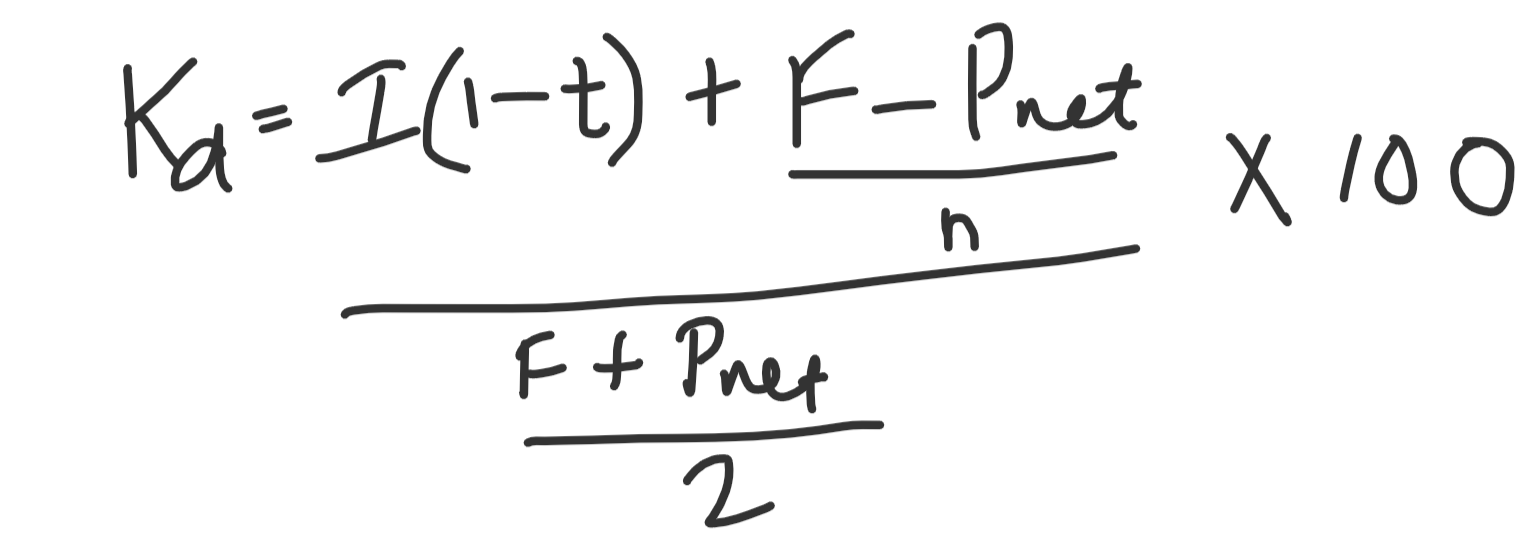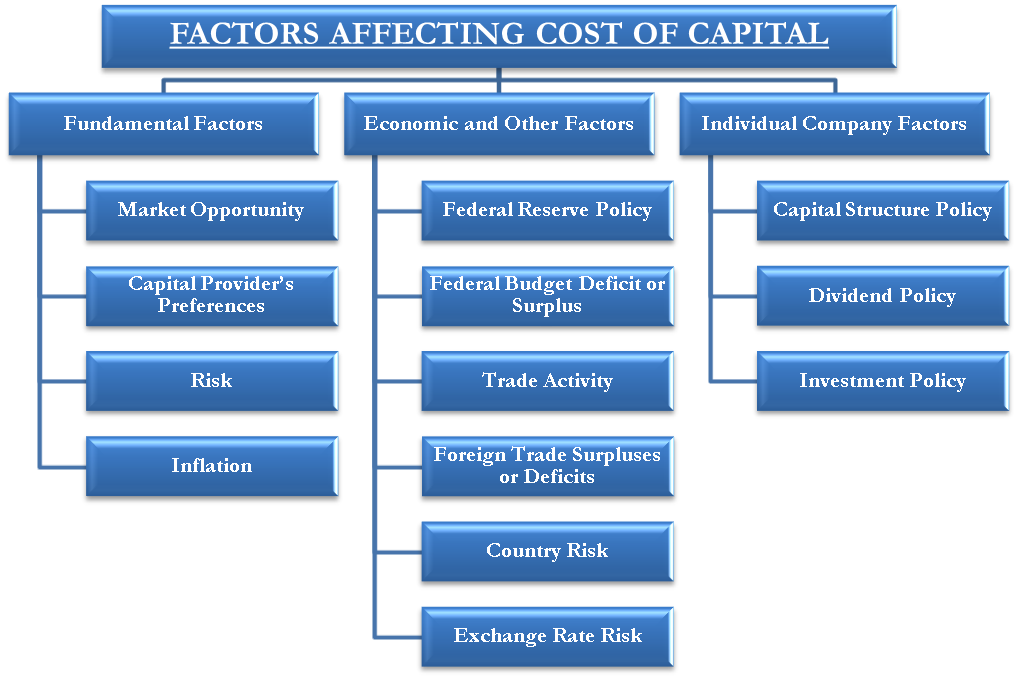


AFPONLINE COST OF CAPITAL FREE
You can enter your email below to get our FREE report. This is basically a recipe to generate better returns than Warren Buffett is achieving himself. In a free sample issue of our monthly newsletter we analyzed Warren Buffett’s stock picks covering the 1999-2017 period and identified the best performing stocks in Warren Buffett’s portfolio. So, how did Warren Buffett manage to generate high returns and beat the market? Warren Buffett has been investing and compounding for at least 65 years. You can get rich by returning 20% per year and compounding that for several years. We see several investors trying to strike it rich in options market by risking their entire savings. An investor who invested $10,000 in Warren Buffett’s hedge fund at the beginning of 1957 saw his capital turn into $103,000 before fees and $64,100 after fees (this means Warren Buffett made more than $36,000 in fees from this investor).Īs you can guess, Warren Buffett’s #1 wealth building strategy is to generate high returns in the 20% to 30% range.

S&P 500 Index generated an average annual compounded return of only 9.2% during the same 10-year period. S&P 500 Index lost 10.8% in 1957, so Buffett’s investors actually thrilled to beat the market by 20.1 percentage points in 1957.īetween 19 Warren Buffett’s hedge fund returned 23.5% annually after deducting Warren Buffett’s 5.5 percentage point annual fees. That year Buffett’s hedge fund returned 10.4% and Buffett took only 1.1 percentage points of that as “fees”.

His investors didn’t mind that he underperformed the market in 1958 because he beat the market by a large margin in 1957. That would have been 9.35% in hedge fund “fees”.Īctually Warren Buffett failed to beat the S&P 500 Index in 1958, returned only 40.9% and pocketed 8.7 percentage of it as “fees”. secretly invested like a closet index fund), Warren Buffett would have pocketed a quarter of the 37.4% excess return. If Warren Buffett’s hedge fund didn’t generate any outperformance (i.e. Warren Buffett took 25% of all returns in excess of 6 percent.įor example S&P 500 Index returned 43.4% in 1958. Back then they weren’t called hedge funds, they were called “partnerships”. He launched his hedge fund in 1956 with $105,100 in seed capital. Warren Buffett never mentions this but he is one of the first hedge fund managers who unlocked the secrets of successful stock market investing. The company is experiencing cost pressures from wages and input costs though, and China same-store sales were down 23% due to zero-COVID policy restrictions and lockdowns.” and International exChina, with solid revenue growth across those regions. Samestore sales were up double-digits in the U.S. “ Starbucks, which garners a lower weighting in the Portfolio, had slightly better than average three-month performance. Here is what Polen Global Growth has to say about Starbucks Corporation (NASDAQ:SBUX) in its Q2 2022 investor letter: The stock closed at $89.35 per share on October 06, 2022. Starbucks Corporation (NASDAQ:SBUX) delivered a -23.61% return since the beginning of the year, while its 12-month returns are down by -20.37%. Founded in 1971, Starbucks Corporation (NASDAQ:SBUX) is a Seattle, Washington-based coffeehouse company with a $102.5 billion market capitalization. In its Q2 2022 investor letter, Polen Global Growth mentioned Starbucks Corporation (NASDAQ: SBUX ) and explained its insights for the company.


 0 kommentar(er)
0 kommentar(er)
